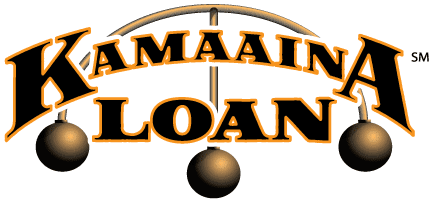Now that the Final Environmental Impact Statement has been approved, the Wailea 670 project will most likely happen. I had my doubts over the past two decades since it was proposed. There are a lot of lessons to reflect upon in this development. Some are good reflections, some not.
In no particular order of significance:
1. Honua`ula, as it is now called, will have one golf course. Wailea 670 was to have had 2. Golf courses have managed to lose a lot of money for their owners over the past 20 years here. Several have gone bankrupt. Others have sold at distress prices. There’s no doubt golf sells, but there are many courses, relatively few golfers. We will keep seeing golf courses in big developments, because they are an attractive way of decorating the main drainageway. For each developer, it looks like a way to monetize a piece of infrastructure. Over time, it probably results in more courses than the traffic will bear.
2. A cap on annual deliveries of 100 houses a year is novel. In the past, developers wanted to sell as many as quickly as they could, particularly in a big project in an area devoid of infrastructure. The upfront infrastructure costs incurring a heavy burden of debt service. Today, and for as long as the Federal Reserve decrees, the burden of debt service will be small. Over the past 20 years, few developers could sell as fast as they hoped, so the cap of 100/year probably won’t have much practical effect.
3. But requiring the 250 (off-site) affordable houses to be built first will add heavily to the builder’s upfront costs, especially if they end of costing him beaucoup bucks. The history of affordable in South Maui has not been inspiring. When the Grand Hyatt (as it then was) built its off-site employee housing, the employees didn’t want it. The project found a hard time filling up in competition with other, standalone projects, too. In West Maui, the story has been different, because there, instead of too much (by some people’s standards) housing, there has been too little (by anybody’s standards). But that should be the topic of a future post.
4. Off-site environmental mitigation has had a mixed record. Lee Altenberg, a population biologist, fought for years to preserve a patch of native wiliwili forest in the lower corner of Wailea 670/Honua`ula. Lower corners, though, are where developers want to put their sewage treatment plants (to avoid pumping costs; sewage runs downhill), and so here. So far, Altenberg has not succeeded in making his point with the Maui Planning Commission. It’s hard for people who do not care for native plants to get it, though. 95% of the native wiliwili forests have been wiped out by farming and building and roads. By definition, the remnants are in “waste lands” that nobody (until now) cared about. It is hard to get people to understand the concept of “scarcity value” when it comes to land use. From the developer’s point of view, putting his sewage treatment plant anywhere else raises costs and makes his houses harder to sell.
5. Already, according to Nanea Kalani’s news report in The Maui,News, there is nervousness about the cost of water in the private water system. The infrastructure expense is eyepopping — $22 million for a 1,150-unit project, or about as much as the county water department spends on its physical plant for the entire island in a year. That’s expensive water. The report does not mention, and perhaps nobody remembers, that there was a question way back when about that water. Wailea 670 drilled 2 wells, for irrigation. They were expected to come up brackish. They flowed sweet and clean. David Craddick, then the water director, said if they were fresh, the water was the county’s. Charlie Jencks said, just wait till we’ve pumped for a while; the water will turn brackish. This is an experiment worth watching. There are rumors of more fresh water in the South Maui aquifers than the older studies (and current legal parameters) admit. Wailea 670 did not choose a promising site for its wells. It drilled where it owned. If it’s true that you can hit fresh water more or less at random on the south slope of Haleakala, that changes the development game in a huge way. Low-growthers should be praying nightly that those wells turn brackish and soon.
6. Bike and hiking trails. These have to be in developer plans in order to get approving nods from trendy people, but it’s doubtful they will ever be used enough to justify their cost. There’s a reason nobody hikes that hillside now: it’s steep, hot and dusty. Following development, it will still be steep and hot.
7. Jencks said the project needs to move within 3 years, but he is counting, in part, on either joint venture partners or buyers of pieces with their own development money. Presumably, he has somebody in mind, but Kaanapali 2020 has been looking for JV partners for a long time and apparently they are hard to find.

